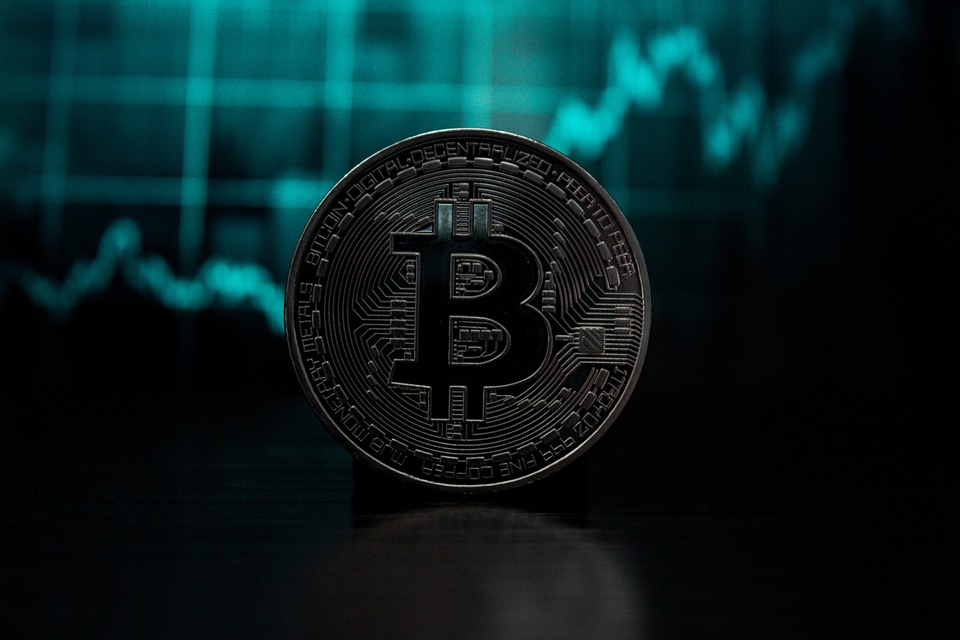In the ever-evolving landscape of digital finance, Bitcoin has emerged as a leading cryptocurrency, attracting attention from both investors and everyday users. With this surge in popularity comes a heightened risk of cyberattacks, hacking attempts, and fraud. Consequently, securing Bitcoin wallets—where cryptocurrencies are stored and managed—has never been more critical. While two-factor authentication (2FA) is a robust security measure, it’s time to explore advanced strategies to bolster your wallet’s defenses even further.
Understanding 2FA: The First Line of Defense
Two-factor authentication adds an extra layer of security to user accounts, making it more challenging for unauthorized parties to access sensitive information. Typically, 2FA requires a combination of something you know (like a password) and something you have (like a smartphone app that generates temporary codes).
For Bitcoin wallets, enabling 2FA is one of the most effective measures. Services like Google Authenticator or Authy generate time-sensitive codes, ensuring that even if an attacker obtains your password, they will still require a second factor to gain access. However, while 2FA significantly enhances security, it is not foolproof.
Beyond 2FA: Advanced Security Measures
Here are several strategies that go beyond traditional 2FA to elevate your Bitcoin wallet’s security.
1. Cold Storage Wallets
A cold storage wallet, also known as an offline wallet, is a way to store your Bitcoin far removed from internet access, rendering it immune to online attacks. These wallets can take the form of hardware devices (like Ledger or Trezor) or paper wallets, which are printed QR codes that represent your Bitcoin holdings. By only connecting these wallets to the internet when transactions are needed, you minimize the risk of hacking.
2. Multi-Signature Wallets
Multi-signature (multi-sig) wallets require multiple signatures (or keys) to authorize a transaction, adding a layer of security that significantly reduces the risk of unauthorized spending. For example, a multi-sig wallet configured as "2 of 3" means that transactions must be approved by any two of three authorized users. This is particularly useful for shared wallets or business accounts where multiple stakeholders need access while ensuring that no single person can unilaterally control the funds.
3. Strong Password Practices
Beyond just using a strong password, implementing good password hygiene is crucial. Utilizing a password manager can help you create unique, complex passwords for each of your financial accounts. Additionally, consider changing your passwords regularly and avoiding the use of easily guessed information such as birthdays or common phrases.
4. Regular Software Updates
Keeping your wallet and associated software up-to-date is vital. Developers frequently release updates that patch security vulnerabilities. By ensuring that both your wallet software and your device’s operating system are current, you can protect yourself from known exploits.
5. Hardware Security Modules (HSMs)
For businesses and power users managing substantial Bitcoin holdings, implementing a Hardware Security Module (HSM) could be wise. An HSM is a physical device that securely manages cryptographic keys and provides a higher level of security than software-based systems. While more expensive, HSMs ensure that even if the wallet software is compromised, the keys remain secure.
6. Avoiding Phishing Attempts
Phishing attacks are rampant in the cryptocurrency space. Always ensure that you are on the correct website and be wary of unsolicited emails or messages that request your credentials or private keys. Educate yourself about common phishing tactics and consider using a browser extension that helps identify malicious sites.
7. Secure Your Devices
Implement device-level security measures, including antivirus software, firewalls, and regular scans for malware or spyware. Additionally, enable encryption on your devices to protect your data in case of loss or theft. Be mindful of the networks you connect to; using a Virtual Private Network (VPN) can offer an added layer of encryption to your internet traffic.
8. Backup Your Wallet
Regularly back up your wallet and any associated private keys or seed phrases. Store these backups in multiple physical locations (such as a safe deposit box) to mitigate the risk of loss. If something happens to your primary wallet, these backups ensure you can recover your funds.
Conclusion
Securing your Bitcoin wallet requires a multi-faceted approach that goes far beyond enabling 2FA. By implementing cold storage, multi-signature wallets, strong passwords, and other advanced security measures, you can significantly reduce your risk of falling victim to cyber threats. As the cryptocurrency landscape becomes more complex, staying informed and proactive about your wallet security is essential for safeguarding your digital assets. Remember, in the world of Bitcoin and cryptocurrencies, it is better to be overly cautious than to risk losing your hard-earned investments.


